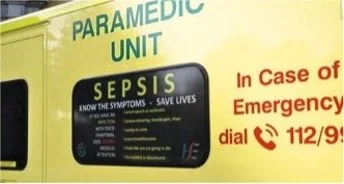European Sepsis Report – Ireland
Background
Following a significant sepsis-related patient safety incident in Ireland, the National Sepsis Steering Group (NSSG) was established by the Health Service Executive (HSE) in July 2013. The Group was tasked with using existing databases to quantify the burden of sepsis in Ireland. The Hospital Inpatient Enquiry system (HIPE) was used for this purpose. The resulting data showed that 60% of all in-hospital deaths had a sepsis or infection diagnosis; 42% of all in-hospital beds were occupied with a sepsis or infection code. The in-hospital mortality rate was 28.8%.
As a result, the Department of Health prioritized the development of a National Clinical Guideline on Sepsis Management.
What is happening
The HSE established the National Sepsis Programme (NSP) to develop and implement this guideline. The NSP was granted permission by the Surviving Sepsis Campaign (SSC) to adapt the SSC Sepsis Guidelines for the Irish context and in 2014, the first National Clinical Guideline (NCG) on Sepsis Management was published.
This publication was accompanied by an implementation program and a series of on-site visits took place in all hospitals across Ireland. Sepsis education and awareness presentations were held including all clinical grades and hospital management. Early recognition and early management were the main focus so acute settings, where patients present or deteriorate were targeted first i.e., Emergency Departments (EDs), acute medical assessment units (AMAUs), acute surgical assessment units (ASAUs), and medical and surgical wards. The NSP supported acute hospitals to establish local sepsis committees with multidisciplinary membership representing all specialties, to oversee the implementation of the NCG in their hospital. The NSP provides clinical decision support tools (Sepsis Forms and Algorithms) that prompt clinicians to complete the ‘Sepsis-6’ bundle within the first hour of recognizing the signs and symptoms of sepsis, i.e., Take 3: Blood cultures, Blood tests, and Assessment of urinary output and Give 3: Antimicrobials, Fluids if required and Supplementary oxygen if required.
The aim of the NCG is to reduce unnecessary variations in practice and provide an evidence base for the most appropriate healthcare to optimize patient survival from sepsis. The NSP monitors this aim in two ways:
Audit of implementation of the NCG (Clinical audit/Process audit) with immediate feedback to clinical sites to Inform ongoing education and Quality Improvement efforts.
Audit of outcomes resulting from the implementation of the NCG (National Sepsis Report). The Annual Sepsis Reports can be found on the Irish Health Services website.
Public awareness is an important aspect of Improving outcomes from sepsis and the NSP engages in a variety of methods to advance this, e.g., posters, social media campaigns, support of high-profile personalities, and sepsis awareness events such as conferences and study days.
Results, next steps, and challenges
Thanks to this structured response, the number of documented sepsis cases has doubled since the initially reported data, and the sepsis-associated mortality rate has decreased by 26.7% (26.8% - 2011 vs 19.4% - 2019). The NSP has updated the NCG and includes guidance for sepsis in pregnancy. In addition, with permission from the SSC paediatric sepsis guideline was adopted in totality and an implementation plan is currently being rolled out nationally.
An education programme has been developed to support the National Sepsis Guideline and has been recently updated to incorporate a maternal sepsis scenario. A paediatric animated video has also been developed to aid recognition of sepsis in children to support parents to recognise sepsis and seek medical assistance/advice. As part of the community awareness campaign, the Irish National Ambulance Service fleet of ambulances displays the signs and symptoms of sepsis.
A number of barriers hampered the change, including an overuse of antibiotics, a denial and blame culture, controversy within the same expert community on the definition of sepsis, poor morale and overwhelmed workforce.


